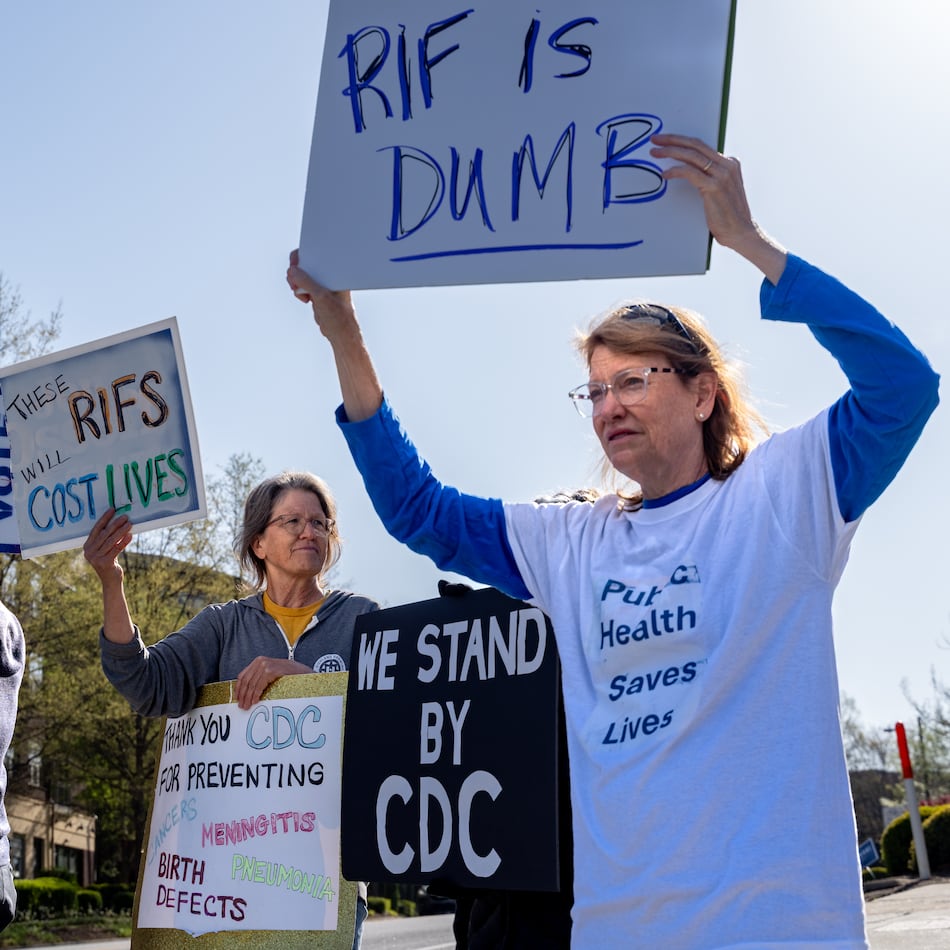Two years ago this week, the Fulton County School System shut down after a teacher was diagnosed with the fast-spreading coronavirus, the first such closing in Georgia. Within days, COVID-19 shuttered most Georgia districts for what parents and staff assumed would be a two-week period.
Those two weeks stretched into two long years in which we counted our losses, starting with daily state updates of the dead. Schools also kept counts of students who struggled with online learning and those who disappeared from view, never logging into their computers.
Nationwide and in Georgia, districts are now loosening mask mandates and other COVID-19 safety protocols. School staffs and parents are able to take a breath again after coping with a wily evolving virus, along with bitter political divides over masking and online classes. With those battles subsiding, at least for the moment, it is time to assess the casualties.
Of all the losses to befall schools, a major concern is learning loss from the extended reliance on virtual instruction. As COVID-19 persisted, remote classes continued into the 2020-2021 school year in several metro districts. This school year’s “return to normal” collided with the delta variant and the highly contagious omicron variant that sidelined both teachers and students and hindered plans to accelerate students.
“Schools made a thousand plans, and you were lucky if one of them was still relevant as the facts changed,” said Auburn University education professor David T. Marshall, who just published “COVID-19 and the Classroom: How Schools Navigated the Great Disruption.”
Along with editing entries in the book by other researchers, Marshall co-authored five chapters that draw on his own research and surveys during the pandemic on how teachers, school leaders, and parents experienced schooling.
COVID-19 forced seismic changes on schools, most notably the overnight shift to online instruction by both K-12 schools and colleges. “In that spring semester of 2020, it is more accurate to say what we were doing was emergency remote teaching,” said Marshall. “We were asking people to do a job they never trained to do in a manner they were never trained to do it in.”
And it was a difficult job. In his sampling of teachers across the country, 96% reported to Marshall never having taught online prior to COVID-19. And while teachers agreed their school administrators were well-intentioned, the crisis represented new territory for them as well with one teacher explaining: “They really had nothing to offer.”
Marshall said the data and evidence are not complete yet to definitively define the lasting changes from the pandemic or the extent of its effect on student learning. But, he said, “More than any other moment in the last century, there is opportunity now for things to change. Just the overall nature of the disruption has opened the door.”
Marshall believes one innovation likely to remain from the COVID-19 classroom will be technology use. He cites the example of a 29-year teaching veteran who had resisted incorporating technology into her instruction. “But COVID happened and she became the go-to person in that school if you wanted to see what quality online instruction looked like,” he said.
Frustration with remote learning led parents to search out alternatives during the pandemic, including home schooling and learning pods where families pooled resources to hire private tutors for their kids. Marshall believes the pandemic will increase home schooling households, especially since employers are maintaining work-at-home options that give parents the ability to oversee a home-schooled child. He suspects learning pods may falter now that face-to-face school has resumed in most places.
As for online learning, Marshall said it worked well for a narrow slice of students. With those students in mind, some school districts considered continuing an online alternative. However, interest, both on the part of parents and the schools, appears to be waning. That trend was borne out by Marshall’s interviews with leaders of charter schools. While a third to half of school leaders surveyed in December 2020 would consider offering an online option to their students beyond the pandemic, that number fell into the single digits by July 2021, he said.
Marshall regards his book as a historical record of a contentious and challenging time. “It is important that we understand and remember what this moment looked like,” he said. “Hopefully, there aren’t too many viral pandemics in our lifetimes. If we happen to have one, we will know a little bit more and be better prepared.”
About the Author
The Latest
Featured


